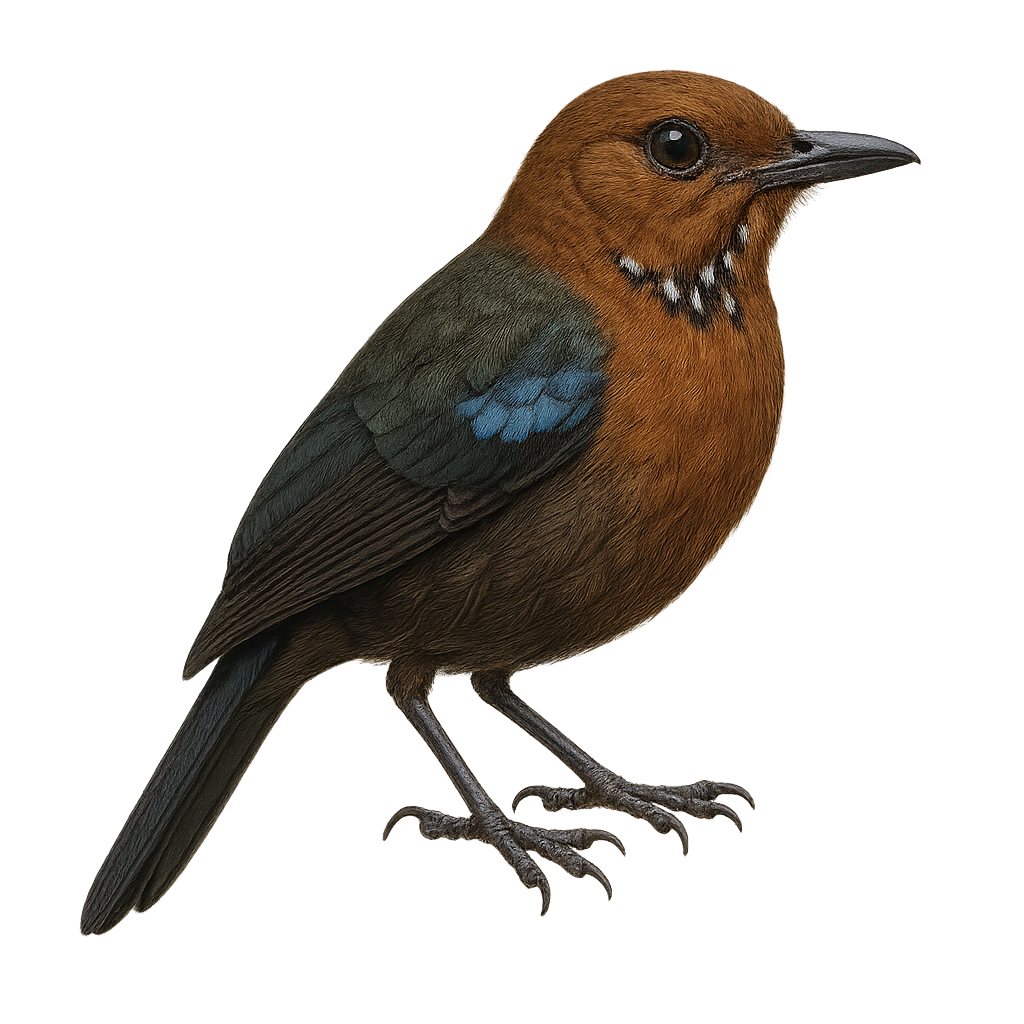Your wildlife photography guide.
Explore the crossley's vanga in detail, study its behavior, prepare your shots.
Where to observe and photograph the crossley's vanga in the wild
Learn where and when to spot the crossley's vanga in the wild, how to identify the species based on distinctive features, and what natural environments it inhabits. The WildlifePhotographer app offers tailored photography tips that reflect the crossley's vanga’s behavior, helping you capture better wildlife images. Explore the full species profile for key information including description, habitat, active periods, and approach techniques.
Crossley's Vanga
Scientific name: Atelornis crossleyi

IUCN Status: Least concern
Family: VANGIDAE
Group: Birds
Sensitivity to human approach: Suspicious
Minimum approach distance: 10 m
Courtship display: October to November
Incubation: 17-19 jours
Hatchings: October to December
Habitat:
Humid forests, tropical forests, wooded areas
Activity period :
Primarily active during the day, with peak activity in the morning and late afternoon.
Identification and description:
The Crossley's Vanga is an endemic bird of Madagascar, belonging to the Vangidae family. It is distinguished by its colorful plumage, blending shades of blue, green, and black, and its robust, slightly hooked beak. This bird primarily inhabits the island's humid forests, where it feeds on insects and small invertebrates. Its melodious and varied song is often heard at dawn and dusk. Although its habitat is threatened by deforestation, the Crossley's Vanga is currently classified as "least concern" by the IUCN. However, it is essential to continue monitoring its populations to ensure its long-term conservation.
Recommended lens:
400 mm – adjust based on distance, desired framing (portrait or habitat), and approach conditions.
Photography tips:
To photograph the Crossley's Vanga, focus on the humid forests of Madagascar. Use a 400mm or longer telephoto lens to capture detailed images without disturbing the bird. Be patient and discreet, as this bird is suspicious. Morning and evening are the best times to observe its activity. Pay attention to its distinctive song to locate its position. The natural light of morning or evening can add a beautiful ambiance to your photos.
The WildlifePhotographer App is coming soon!
Be the first to explore the best nature spots, track rutting seasons, log your observations, and observe more wildlife.
Already 1 432 wildlife lovers subscribed worldwide

